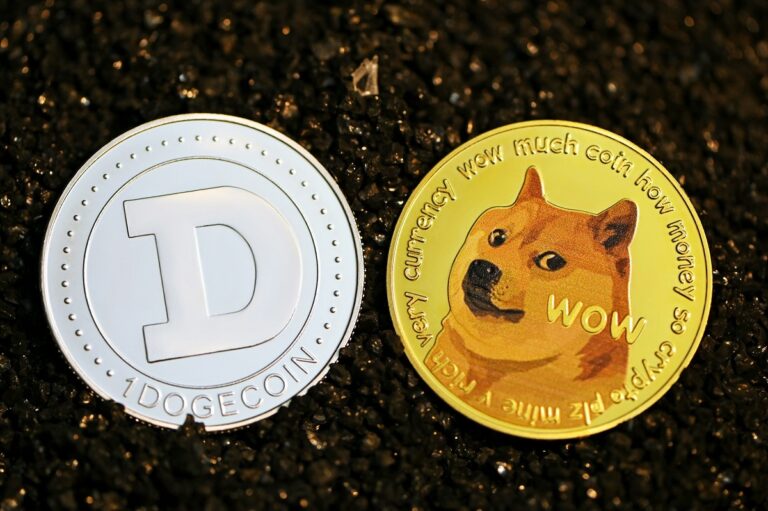
- XRP is a strategic hedge offering fast, low-cost cross-border transactions and strong institutional adoption.
- With potential regulatory clarity and growing use cases, it stands out as a smart long-term investment.
In a portfolio dominated by growth stocks and disruptive technologies, XRP stands out—not as a speculation, but as insurance. While most of my investments revolve around artificial intelligence, cloud computing, and digital transformation, XRP earns its place through a different, critical role: hedging against global financial inefficiencies.
ALSO READ:Cardano Founder Pushes for Unity Between Ethereum, Solana, and Polkadot
Real Utility, Not Just Hype
Unlike many cryptocurrencies that rely on buzz and hope, XRP delivers real-world utility. It processes over 1 million transactions per day with lightning speed and minimal fees—settling in seconds for a fraction of a penny. In contrast, SWIFT transfers can take 18 hours and cost up to $50. That stark difference positions XRP as a direct challenge to outdated systems.
This isn’t about short-term gains. I hold just 1% of my portfolio in XRP, part of a modest 3% crypto allocation. This calculated exposure offers insurance, not volatility. It’s a risk/reward trade I can live with—if blockchain disrupts the $150 trillion traditional payment market, that 1% could deliver outsized gains.
XRP Strategic Edge Over Other Cryptos
Bitcoin serves as digital gold in my portfolio. Cardano represents academic rigor in blockchain development. Dogecoin? A small speculative play. But XRP? It’s the infrastructure bet. Ripple’s partnerships with over 1,500 institutions and the daily use of RippleNet confirm that it’s more than theory—it’s adoption in action.
The ecosystem just expanded with the launch of Ripple’s RLUSD stablecoin, tapping into a market projected to grow from $204 billion to $3.7 trillion by 2030. This isn’t just a cryptocurrency—it’s part of a larger payments revolution.
The Regulatory Cloud Is Lifting
The long-running SEC lawsuit still hangs over XRP, but signs point to resolution. Judge Torres recently rejected a key settlement motion, yet settlement rumors for June 13 persist. Add Trump’s crypto-friendly policies and possible XRP ETF approval, and you’ve got real institutional catalysts on the horizon.
Standard Chartered sees an XRP ETF driving $4–8 billion in first-year inflows. That kind of demand would be a game-changer—but I’m not waiting for headlines. I’m dollar-cost averaging now, building exposure quietly, just as I did with cloud stocks before the enterprise boom.
If blockchain transforms how money moves globally, XRP will be at the center of that shift. For now, it’s a quiet hedge in my portfolio—but it may one day prove to be one of the smartest bets I’ve made.
ALSO READ:Bitcoin Drops Below $105K as Crypto Market Sinks Over 3%
DISCLAIMER:
The views and opinions expressed herein are solely those of the author and do not necessarily reflect the views of the publisher. The publisher does not endorse or guarantee the accuracy of any information presented in this article. Readers are encouraged to conduct further research and consult additional sources before making any decisions based on the content provided.




